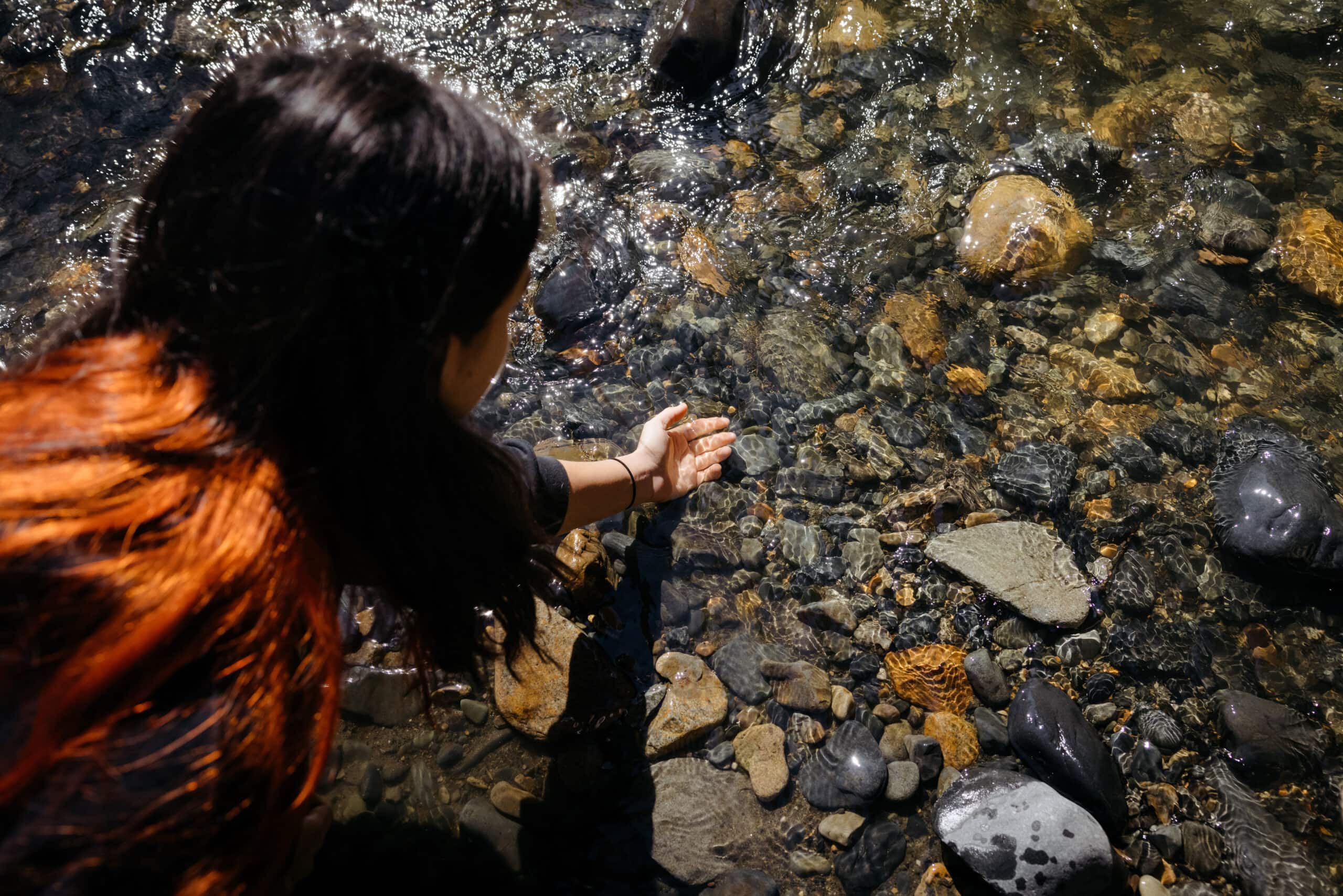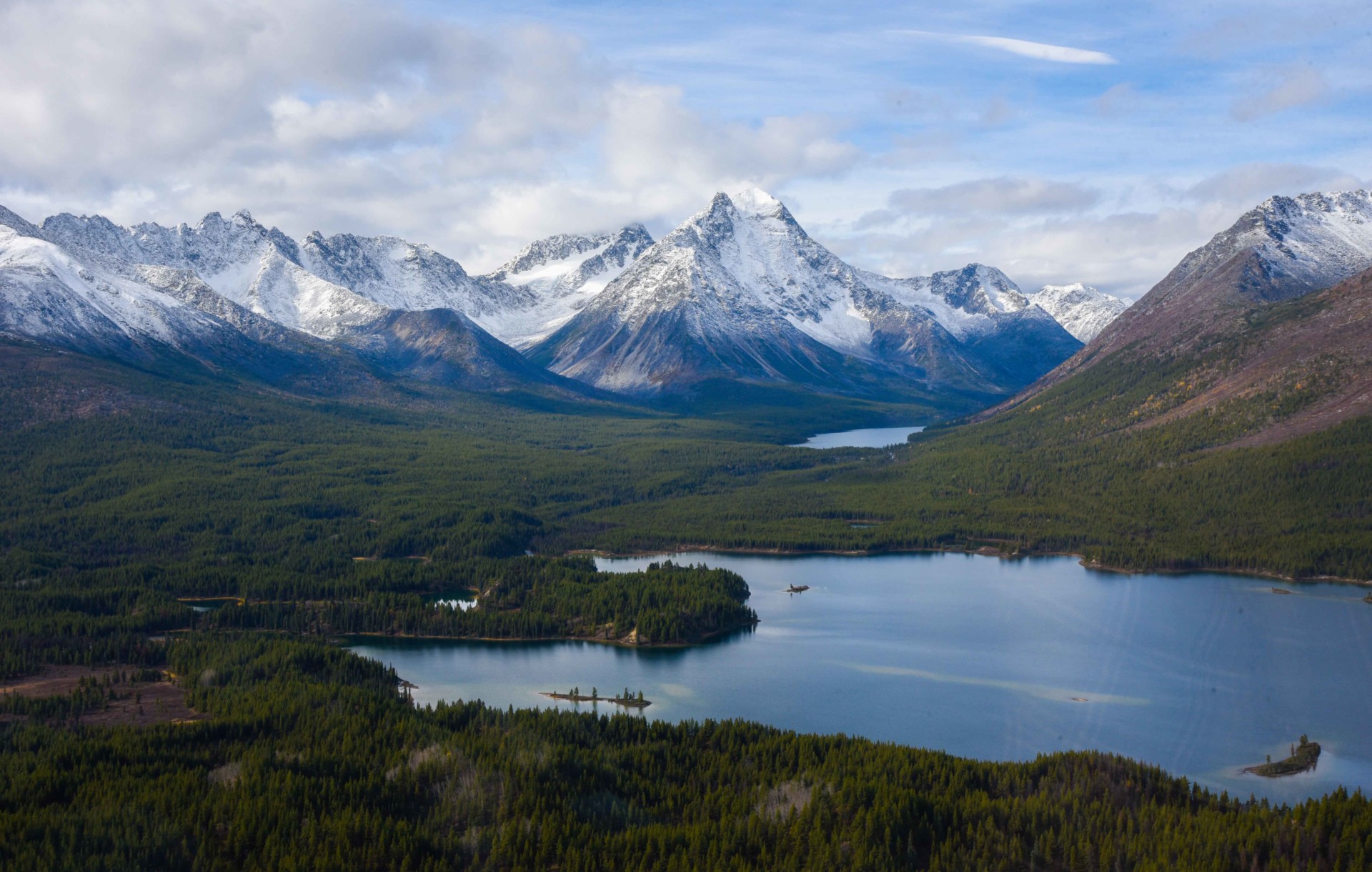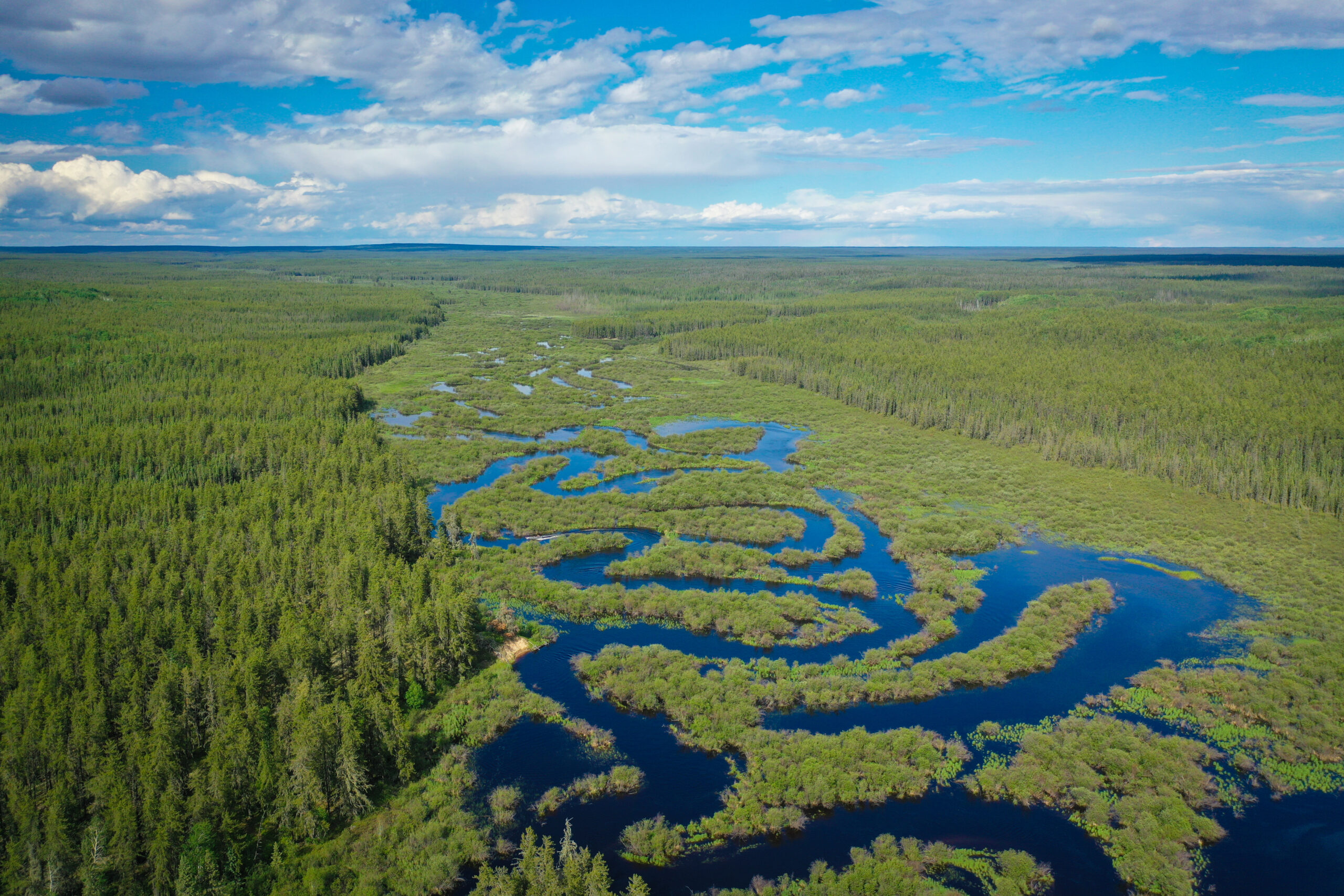
Bill 5: a guide to Ontario’s spring 2025 development and mining legislation
The public has a few days left to comment on Doug Ford’s omnibus development bill....
In the face of provincial resistance, the federal government is urging Ontario to cooperate with plans to establish Indigenous-led conservation areas, according to an internal briefing.
The document from Natural Resources Canada, obtained by The Narwhal through an access to information request, also shows that Ontario has been complaining behind closed doors about the push to form Indigenous Protected and Conserved Areas.
Greg Rickford, Ontario’s Minister of Northern Development and Indigenous Affairs, “has raised concerns that Canada’s approach to establishing Indigenous Protected and Conserved Areas (IPCAs) has encroached upon [Ontario’s] jurisdiction, and requested that Canada include [Ontario] at the earliest stages of discussions,” the briefing said.
The document was prepared for the federal government’s deputy minister of natural resources, John F.G. Hannaford, ahead of a meeting on April 11, 2022, with his Ontario government counterpart, Monique Rolf Von Den Baumen-Clark.
Indigenous Protected and Conserved Areas are places where Indigenous nations take the lead on land and water usage and protection, using Indigenous laws and knowledge. The rules and goals for how these places are stewarded can vary, but globally, land managed by Indigenous people tends to have equal or higher levels of biodiversity compared to other protected areas.
Land managed by Indigenous Peoples contains about 80 per cent of Earth’s quickly disappearing biodiversity. Intact ecosystems sequester carbon and naturally mitigate some of the impacts of climate change, like floods, which is one reason that the United Nations Intergovernmental Panel on Climate Change has stressed Indigenous land security as an important aspect of climate change response.
The Canadian government earmarked $340 million to support Indigenous-led conservation last year, recognizing it as a cornerstone of federal efforts to conserve 30 per cent of the country’s lands and waters by the end of the decade. So far, Ottawa has given funding to 62 conservation projects aimed at helping with that 2030 goal, including five in Ontario, four of which are led by First Nations.

Ontario isn’t the only province challenging the federal government’s ability to push those initiatives forward: in British Columbia, where efforts by Indigenous nations to establish Indigenous Protected Areas are really taking off, the provincial government has at times been hesitant to participate, saying they’re a federal initiative. But a lack of provincial recognition can limit the amount of protection an Indigenous Protected and Conserved Area might receive.
The federal briefing document doesn’t specify when Rickford raised issues about Indigenous Protected and Conserved Areas, nor does it say whether his concerns were directed at any projects in particular. Rickford’s office didn’t respond to questions from The Narwhal. Environment and Climate Change Canada wasn’t able to answer by deadline.
One potential tension point is the federal government’s support for a proposal from Kitchenuhmaykoosib Inninuwug First Nation. Located in Ontario’s Far North, the nation is near the Ring of Fire, a region the provincial government is seeking to turn into a mining hotspot. Kitchenuhmaykoosib Inninuwug issued a watershed declaration in 2011 to protect the Fawn River Watershed under their knowledge and authority, and in 2019 the federal government contributed funding to help the community establish an Indigenous Protected Area there.
It’s not clear what impact, if any, the presence of an Indigenous Protected Area could have on the province’s mining plans.

The other Indigenous-led conservation projects the federal government is funding in Ontario are spearheaded by Shawanaga First Nation on Georgian Bay, Moose Cree First Nation on the North French River watershed and Grassy Narrows First Nation in northwestern Ontario.
When the federal government first announced the funding in 2019, Ontario’s Ministry of Natural Resources said that it had not recommended any of the sites for protection. In response, Kitchenuhmaykoosib Inninuwug Chief Donny Morris said Ontario was “not making an effort” to come to the table.
The federal briefing document included suggested lines for Hannaford to say if the issue came up during the meeting.
“I recognize [Ontario’s] concerns regarding the role of provinces in establishing Indigenous Protected and Conserved Areas,” the suggested lines read.
“[Environment and Climate Change Canada] leads Canada’s work on protected areas, including IPCAs, and I encourage your department to keep working with [Environment and Climate Change Canada] on this initiative.”

A number of Indigenous Protected and Conserved Areas already exist in different provinces under the laws of various Indigenous nations. However, Canada’s federal and provincial governments often do not respect Indigenous jurisdiction.
In Ontario, for example, Grassy Narrows First Nation declared in 2018 that the entirety of its territory is an Indigenous Protected and Conserved Area, and forbade mining and industrial activity there. Even so, the Ontario government has allowed a rush of mining claims there in the years since.
“Ontario refuses to come to the table about Grassy Narrows’ Indigenous Protected Area and instead they continue to give out mining claims and to propose industrial logging on the area that is sacred to us and supports our way of life.”
“I have been trying to get Ontario to deal seriously with Grassy Narrows on issues of land protection and control for over 15 years and they still refuse to deal with this meaningfully,” Grassy Narrows land negotiator Joseph Fobister wrote in an emailed statement to The Narwhal.


A similar situation is playing out in Saskatchewan, where the Métis community of Île-à-la-Crosse is making a federally funded effort to establish an Indigenous Protected and Conserved Area called Sakitawak, but the provincial government is not on board.
Although the federal government is making efforts to focus on Indigenous-led conservation, it’s limited in how much it can do if there isn’t provincial support. Proposals for Indigenous Protected and Conserved areas tend to be outside the boundaries of federally designated First Nations reserve lands. Instead, they encompass larger homelands, located in areas the provincial governments assert are Crown land, subject to their treaty obligations. The federal government can provide funding to help Indigenous communities advance conservation projects, or even to buy Crown land from provinces, but can’t unilaterally approve protected areas there.
Last year, Environment and Climate Change Canada told The Narwhal that if there are conservation disagreements between levels of government, provinces and territories “maintain their jurisdictional authority.”
Get the inside scoop on The Narwhal’s environment and climate reporting by signing up for our free newsletter. On a warm September evening nearly 15...
Continue reading
The public has a few days left to comment on Doug Ford’s omnibus development bill....

115 billion litres, 70 years to fix, $5.5 billion in lawsuits

Climate change, geopolitics and business opportunities power a blue economy
